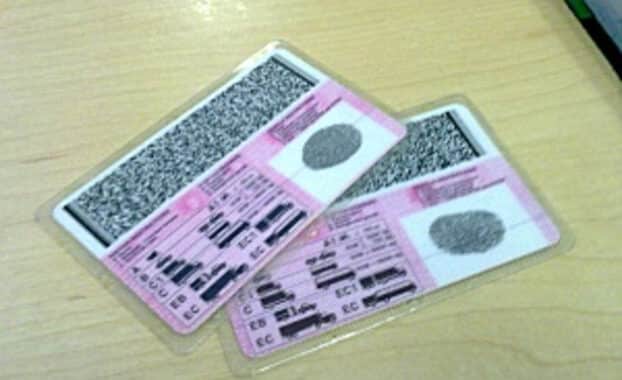
The Driving Licence Card Account (DLCA) is in the final phase of designing a new driver’s licence card, says Transport minister Fikile Mbalula.
The DLCA is the sole producer of driver’s licences in South Africa, and falls under the Department of Transport as a trading entity.
Writing in the DLCA’s annual performance plan for 2021/2022, Mbalula said that the new card is expected to be introduced midway through the financial year.
He added that the entity plans to reduce the turnaround time of the production of drivers licence cards through ‘atomising’ its productions processes.
The DLCA said that the new licence will be aligned closer to international practices, with the new card also allowing for the incorporation of new technologies. The actual design of the card will also be changed.
“The introduction of the new driving licence involves a new design of the driving licence card, and the re-engineering of processes to allow for agility and focus on delivering services efficiently and quickly.
“The project will allow for the adoption of digital technologies such as blockchain and other related technologies which will form the platform an integrated transport system.”
Problems with current licence system
Mbalula recently raised concerns about the state of Driving Licence Testing Centres (DLTCs) across the country, with complaints from drivers focusing on long lines and turnaround times.
Gauteng’s DLTCs have been identified as being particularly problematic.
“We have been paying particular attention to the challenges confronting DLTCs across the country, and the impact these have on the livelihoods of those who require these services to put bread on the table,” he said.
“The onset of the Covid-19 pandemic laid bare these challenges, most of which are a consequence of corruption in the system.
Manual said that the additional pressure brought by Covid-19 has amplified these challenges
“In addressing the backlogs arising as a consequence of the Covid-19 restrictions during different Alert levels, operating hours for DLTCs occupies the spotlight and requires our immediate attention, while remaining alive to basic conditions of employment, which includes overtime.
“We are paying particular attention to the rollout of online services in a manner that improves efficiencies and minimise the time the end-user spends in a queue.”
The ultimate end goal is to eliminate these queues, once the full bouquet of online services has been successfully rolled out by the Road Traffic Management Corporation, he said. BusinessTech







